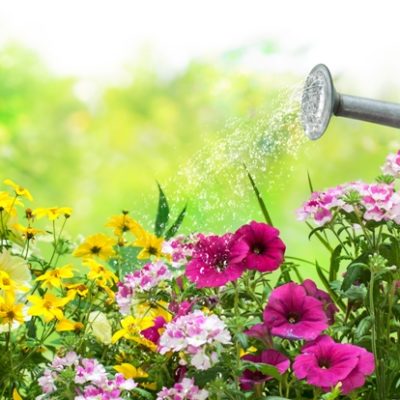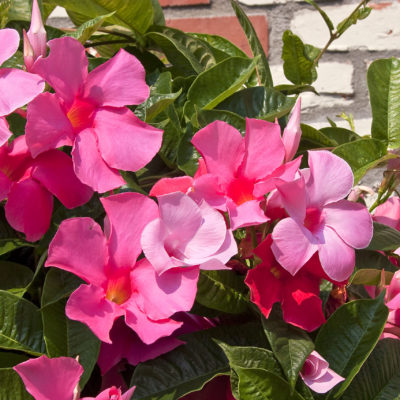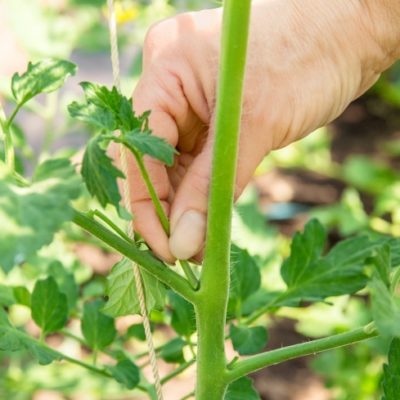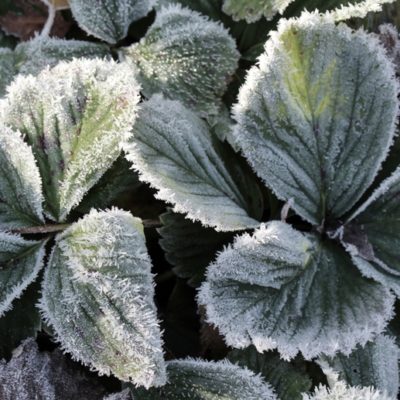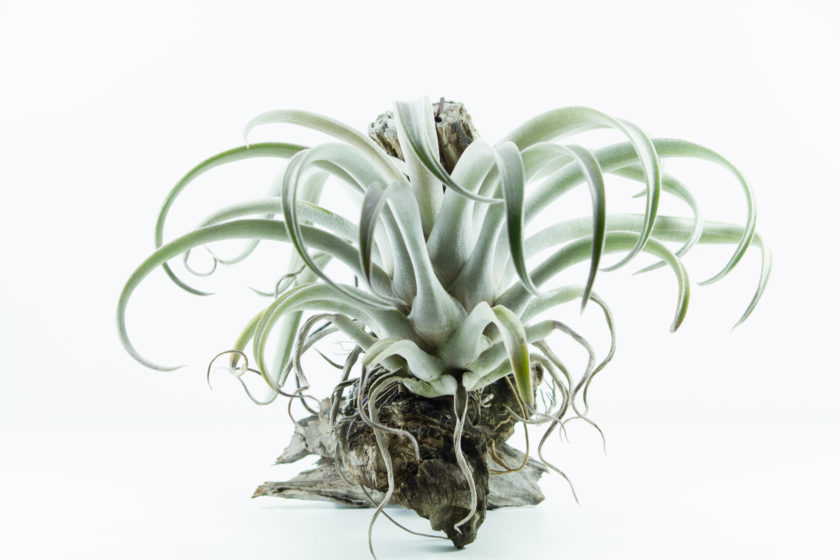
Tropical Plant Profile: Air Plants (Tillandsia)
Air Plants, nature’s rootless wonder! Okay, maybe that’s a bit misleading; Tillandsia have roots but not in the same manner as a peace lily or petunia. Like other members of the Bromeliad family, Air Plants use their roots to attach themselves to trees, rocks, and other hosts without any kind of parasitic tendencies — that means that they don’t feed off other beings to survive, how nice! And there are so many other cool things about them:
Epiphyte (no, not Gesundheit, epiphyte!)
As was mentioned above, Tillandsia will attach themselves to trees, rocks, et cetera, so their roots are not designed to absorb nutrients from the soil like other plants. So how do they survive? By gathering what they need from the air through their foliage, which makes them an epiphyte and perfect for living in tropical environments. Unfortunately, indoor rainclouds are hard to come by for the average home, so they’re content with either a daily misting or being dunked (for no more than a minute or two!) in a glass of water once or twice a week.
Famous Family Members
Tillandisa itself has hundreds of different species within its botanical genus; at last count it was over 600! Being part of the Bromeliad family means you’ve got some pretty famous relatives on the neighbouring branches. Like Spanish Moss, that dangling, silvery-green foliage that covers trees from South America to the southern US (it’s in nearly every horror movie). And then there’s the most famous Bromeliad cousin of all: the pineapple! Yup, your morning smoothie is related to your indoor houseplant, isn’t that amazing?!
Puppies! Well, Kind of…
Air plants do flower, but the after-effects are more intriguing than the bloom itself. After your Tillandsia throws all that energy into its flower stalk, it gets diverted into producing tiny offspring or “pups” – so adorable! They can stay attached to their mother plant for their lifetimes without issue, or you can remove them (after they’ve fed off mama for a bit) and treat them as you would any full grown Tillandsia. You could end up with your own air plant daycare!
A Crafter’s Dream
Since their roots aren’t designed for traditional potting, you have a bit more creative license when choosing your Tillandsia’s home. They can be artificially attached to just about any surface, including driftwood, rocks, shells, pottery, or any other material that allows water to drain away. Just a dab or two from your trusty hot glue gun onto the material (let it cool slightly so not to burn the plant) and then just press on your air plants and you’re done! Make sure to mist your artwork daily just as you would your other Tillandsias.
If you’re not comfortable with the idea of using burning adhesive on your plants, there are lots of other ways to create beautiful displays. Small glass terrariums and globes (like the ones on display in our Greenhouse #2) are perfect for popping in an air plant or two. It’s a great no-fuss potting up project for the home and office, and they take up very little space so you can use multiples to create your own instant hanging tropical display!

